UPDATE: June 2021 – I have recently negotiated with the UK Environment Agency to reschedule the mowing of the Lode banks on which this moth has been thriving these last two or three years – Saving Lode Life.
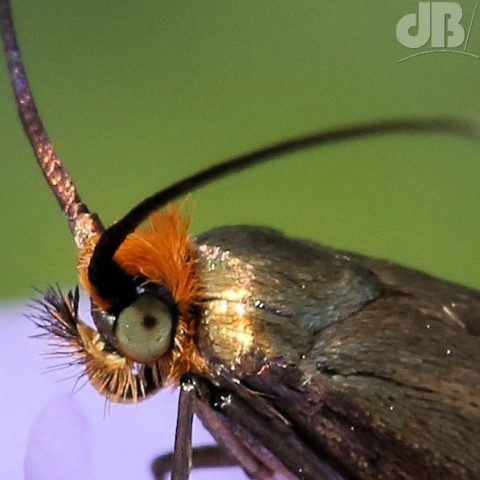
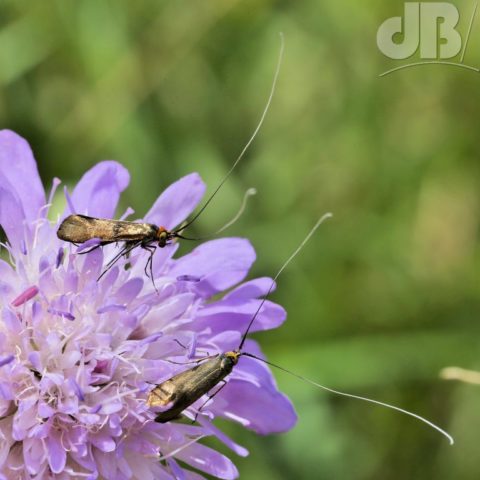 A gentle tale of heavy metal insects…a summer walk along the flood-bank of Cottenham Lode, usually with a camera, often turns up an interesting bird or two, Reed Warblers, Skylarks, Reed and Corn Buntings, and their cousins the Yellowhammers. There are often Linnets and various raptors and herons.
A gentle tale of heavy metal insects…a summer walk along the flood-bank of Cottenham Lode, usually with a camera, often turns up an interesting bird or two, Reed Warblers, Skylarks, Reed and Corn Buntings, and their cousins the Yellowhammers. There are often Linnets and various raptors and herons.
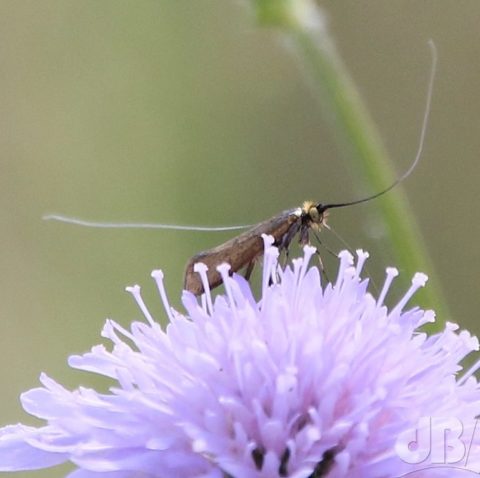
Earlier this week, I was chasing butterflies – Meadow Brown, Skipper, Painted Lady, Red Admiral, etc. A rather mundane and almost throwaway snapshot of a Green-veined White perched on the Field Scabious on the bank of the dog-leg in the lode where it deviates towards Rampton Bridge turned up something interesting. I thought I’d spotted a hoverfly, but when I looked at the photo closeup, it turned out to be a moth with very long antennae.
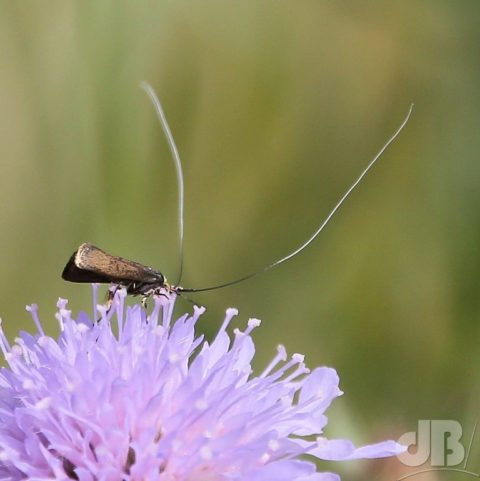
I tweeted the photo @MothIDUK who could only pin it down to one of various Nemophora species. It wasn’t his fault, the overblown reflections of the moth’s forewings hid any detail. However, Ian Ellis, a fellow moth-er in Cottenham, saw my tweet and went to the Lode himself to check out this day-flying moth. He saw eight longhorns and reckons the one in my photo is Nemophora metallica. A great moth name for heavy metal fans, one has to admit.
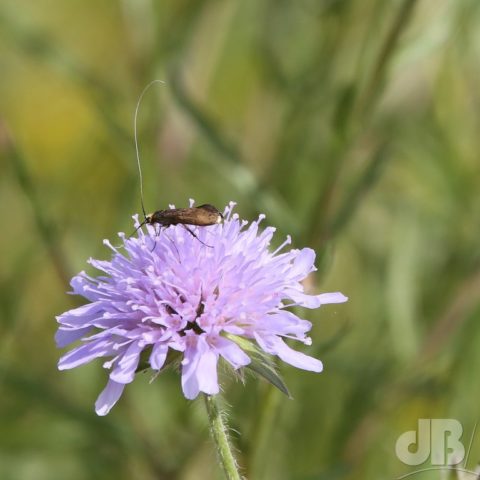
I took another trip to the dog-leg in the Lode and photographed the species again, this time deliberately and with a tripod so I could get some fairly sharp photos where I was homing in on the moth rather than random butterflies. Amazing creature, the male’s antennae are about three times the length of its body, although its body is just 8 or 9 millimetres long, but…still!
In my photos, the moth is feeding on its target plant, the field scabious, Knautia arvensis. They’re known in East Anglia, but relatively rare and this could be a useful record for Cambridgeshire, VC29.